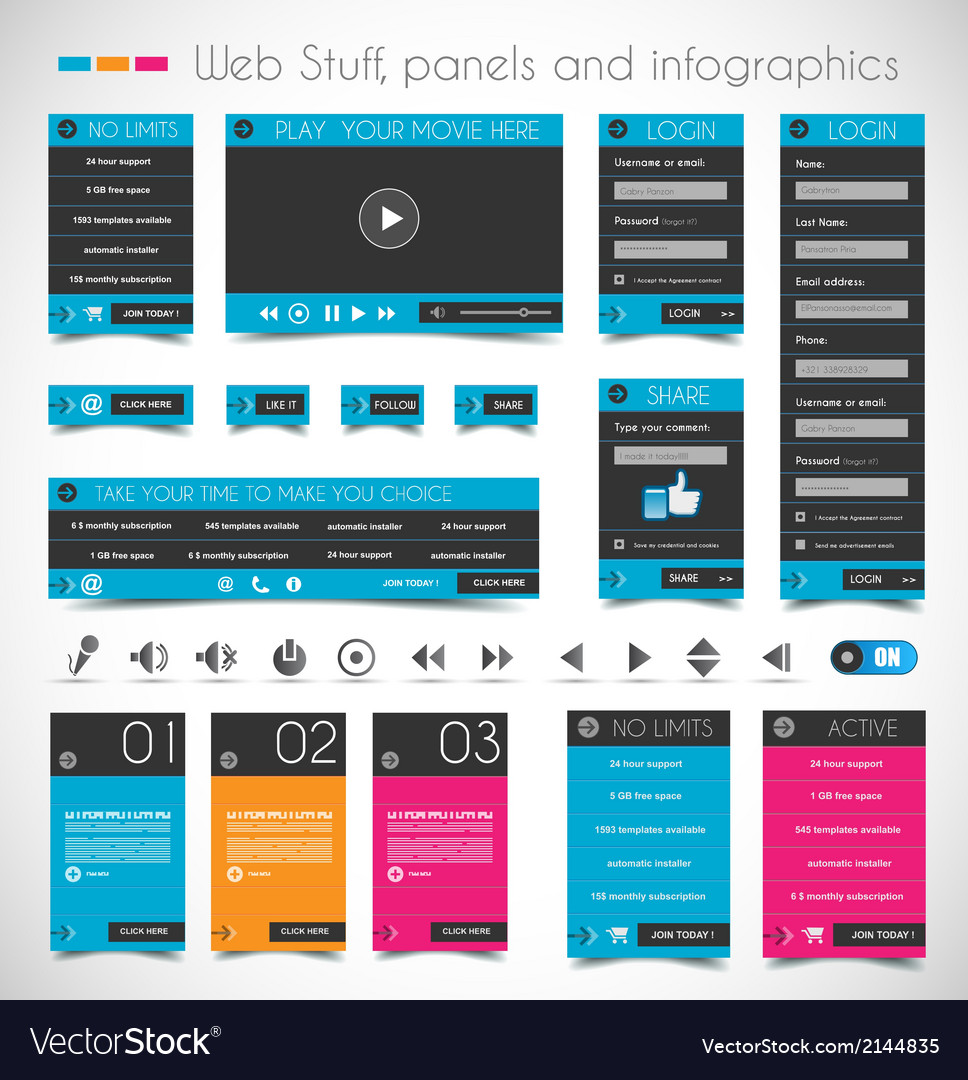The Advancement Of Site Design: From Past To Existing
The Advancement Of Site Design: From Past To Existing
Blog Article
responsive website development company -Asmussen Bowles
In the past, web sites were basic and focused on information. Navigating was straight, and design was for desktop computers. Currently, customer experience is vital. websites must be ada compliant guides designs for very easy navigation. Receptive formats suit different devices. Today, dark mode reduces stress, and minimalist food selections enhance navigation. Interactive functions involve customers, and vibrant visuals attract attention. AI integration increases involvement. See just how layout has evolved to improve your on-line journey.
Very Early Days of Web Design
In the early days of website design, simpleness reigned supreme. Websites were basic, with restricted colors, fonts, and designs. The focus was on offering details as opposed to fancy visuals. Customers accessed the internet through slow-moving dial-up connections, so speed and functionality were key.
Navigation food selections were straightforward, normally located on top or side of the web page. Websites were developed for home computer, as mobile browsing had not been yet prevalent. Content was king, and designers focused on simple readability over complex layout elements.
HTML was the main coding language utilized, and designers needed to work within its constraints. Animations and interactive attributes were very little contrasted to today's criteria. Web sites were fixed, with little vibrant content or customized individual experiences.
Increase of User-Focused Layout
With the advancement of website layout, a change in the direction of user-focused design concepts has actually become increasingly noticeable. Today, creating sites that prioritize individual experience is critical for involving site visitors and accomplishing organization goals. User-focused style involves comprehending the needs, choices, and actions of your target market to customize the web site's layout, material, and features accordingly.
Developers now perform thorough research, such as user studies and use testing, to gather understandings and feedback directly from users. https://e-marketing-website84062.dsiblogger.com/62718786/discover-the-essential-ideas-that-every-small-business-proprietor-need-to-understand-to-improve-their-online-visibility-and-attract-a-larger-client-base-via-using-local-search-engine-optimization -driven method assists in developing instinctive navigation, clear calls-to-action, and aesthetically appealing interfaces that reverberate with site visitors. By placing the user at the center of the style process, internet sites can supply a more individualized and pleasurable experience.
Receptive style has additionally emerged as a vital facet of user-focused layout, guaranteeing that websites are optimized for numerous tools and screen sizes. This adaptability improves access and use, satisfying the diverse means users communicate with sites today. Fundamentally, the rise of user-focused style symbolizes a change towards producing digital experiences that prioritize the requirements and assumptions of the end user.
Modern Trends in Website Design
Explore the most up to date fads forming website design today. One prominent fad is dark setting layout, using a streamlined and modern-day appearance while lowering eye strain in low-light settings. An additional key fad is minimal navigation, simplifying food selections and enhancing customer experience by concentrating on essential elements. Incorporating micro-interactions, such as animated buttons or scrolling effects, can create an extra appealing and interactive internet site. Responsive design continues to be vital, making sure smooth user experiences throughout numerous devices. In addition, using bold typography and unbalanced designs can add aesthetic passion and accentuate details content.
Incorporating AI modern technology, like chatbots for client support or individualized suggestions, enhances user engagement and enhances processes. Ease of access has likewise come to be a substantial trend, with developers focusing on comprehensive style methods to accommodate diverse user requirements. Welcoming sustainability by maximizing internet site performance for speed and effectiveness is one more arising trend in website design. Collaborating with customer comments and data analytics to iterate and improve design continuously is necessary for remaining relevant in the ever-evolving digital landscape. By accepting these modern patterns, you can develop an aesthetically attractive, straightforward web site that reverberates with your audience.
Final thought
As you assess the advancement of web site layout from the early days to currently, you can see exactly how user-focused style has actually ended up being the driving force behind modern-day trends.
Embrace the journey of change and adjustment in web design, always keeping the customer experience at the forefront.
Stay existing with the latest fads and modern technologies, and never ever quit progressing your method to produce aesthetically magnificent and straightforward sites.
Evolve, adjust, and create - the future of website design remains in your hands.
